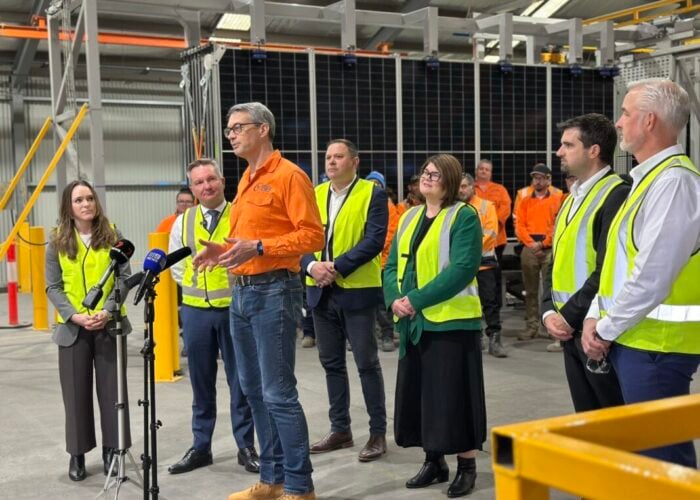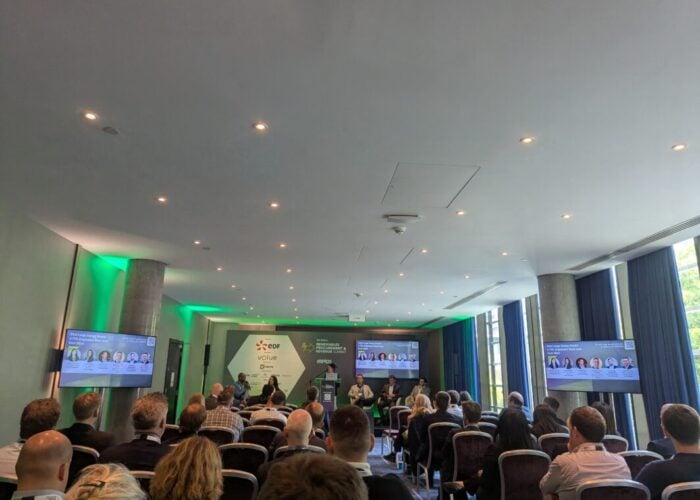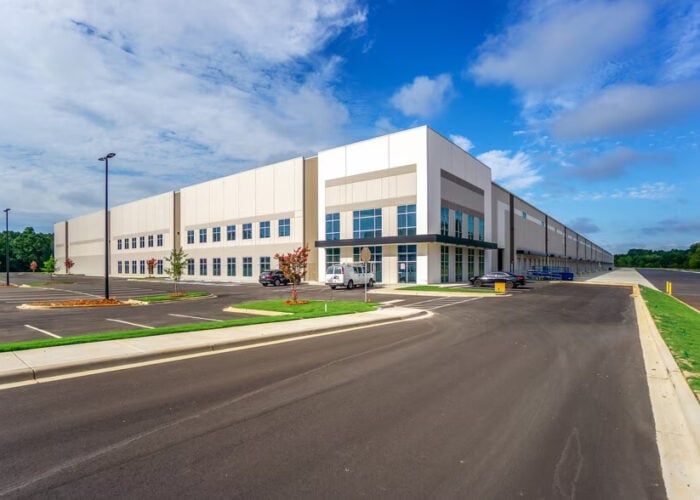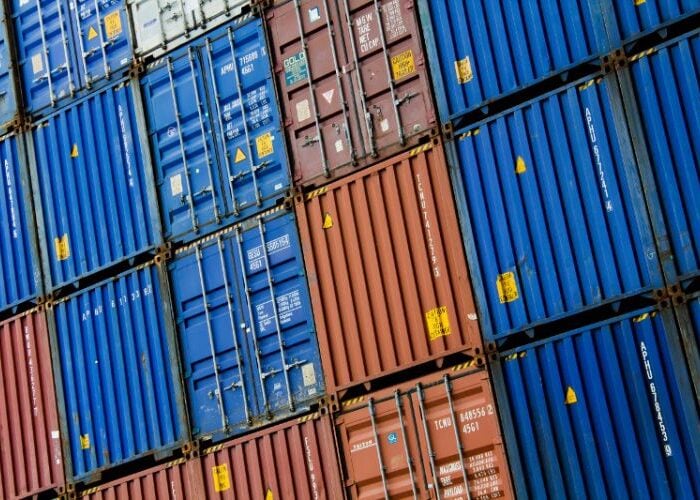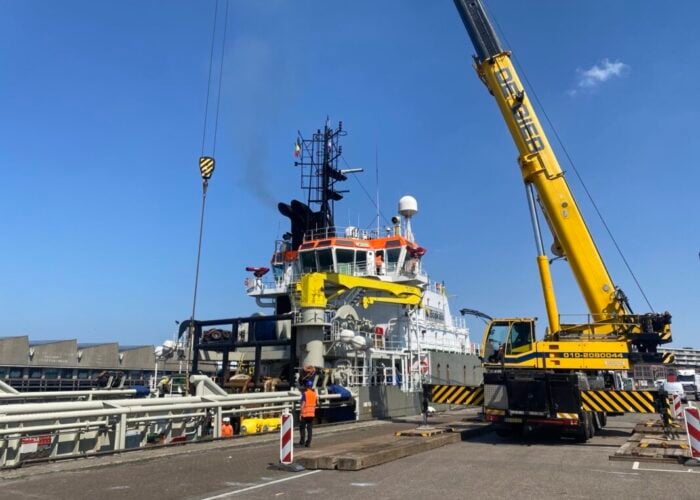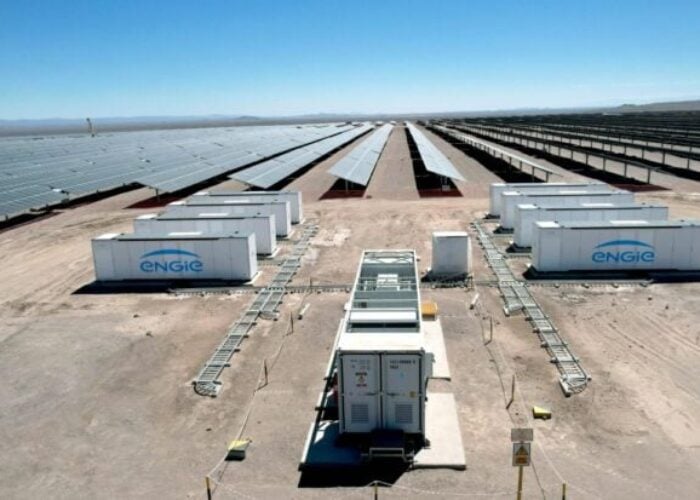Panasonic Corporation has achieved a record conversion efficiency of 25.6% on a commercial sized (143.7 cm²) monocrystalline-based ‘HIT’ solar cell.
A key breakthrough in the efficiency record was employing back contact electrodes for the first time with its heterojunction technology. The previous record set by the company in February 2013 used a 101.8 cm² cell to produce a conversion efficiency of 24.7%.
Unlock unlimited access for 12 whole months of distinctive global analysis
Photovoltaics International is now included.
- Regular insight and analysis of the industry’s biggest developments
- In-depth interviews with the industry’s leading figures
- Unlimited digital access to the PV Tech Power journal catalogue
- Unlimited digital access to the Photovoltaics International journal catalogue
- Access to more than 1,000 technical papers
- Discounts on Solar Media’s portfolio of events, in-person and virtual
Or continue reading this article for free
However, Panasonic said that reduction improvements in recombination loss, optical loss and resistance loss were contributors to the efficiency record. The reduction in resistance loss was a key aspect of migrating to a back contact cell, while improvements in short circuit current density (Jsc) to 41.8mA/cm² compared to its previous 39.5mA/cm² were contributing factors from the back contact cell.
Panasonic said that in its previous HIT cell configuration top surface electrodes had been optimised by thinner grid electrodes but placing the electrodes on the reverse side of the cell reduced the resistive loss when the current was transferred to the grid electrodes. The company also reported a high fill factor (FF) of 0.827, by improving resistance loss in the amorphous thin-film silicon layer.
Deposition improvements to the top surface amorphous had also led to a high temperature coefficient of -0.25% per degree Celsius, which resulted in high conversion efficiency stability under high open circuit voltage (Voc) and at high temperatures.
Panasonic said that it was considering future volume production of the back contact cell without giving any timelines.

